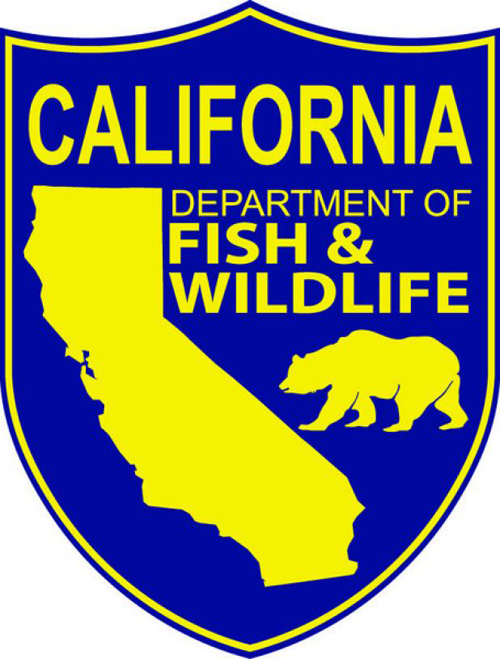
Your Source for Outdoor Adventure
Northern California and Southern Oregon
Question: I would like to photograph abalone divers diving but I need to use an air tank to obtain t
by Carrie Wilson
6-17-2010
Website

According to DFG Associate Marine Biologist Ed Roberts, the California Code of Regulations Title 14, section 29.15(e) prohibits the use of scuba gear or surface-supplied air while taking abalone. If you are using a tank while photographing abalone freedivers, you cannot assist them with taking abalone. You cannot help them pop abalone off the rocks, or spot abalone for them, or do anything else that could be construed as giving assistance in taking abalone. In addition, under this section the possession of abalone is prohibited aboard a vessel that also contains scuba gear or surface-supplied air. This means you will have to use a separate boat - you cannot board the same boat the abalone freedivers are using while you are using SCUBA gear.
Question: Is it legal to use a treble hook while fishing for rockfish south of the 40.10 line? (Kevin M.)
Answer: Yes. You may use no more than two hooks (a hook is a single hook, or a double or treble hook with multiple points connected to a common shank) and one line (CCR Title 14, Section 28.55 (d)). If, however, you have salmon on board, then you may only fish with salmon gear. Salmon gear consists of no more than two single point, single shank barbless hooks when fishing for salmon or when salmon are on board (CCR Title 14, Section 27.80 (a)(2)).
Question: Is it legal to use mice as bait for stripers and bass? (Chris M.)
Answer: Despite the fact that there are many artificial lures on the market that look like mice, real mice may not be used in inland waters. Only legally acquired and possessed invertebrates, mollusks, crustaceans, amphibians (except salamanders), fish eggs and treated and processed foods may be used for bait (CCR Title 14, Section 4.00). In ocean waters, there are no restrictions on using mice as bait for stripers.
Question: Are 12-gauge BB shotgun shells considered non-lead? Am I able to hunt coyotes with them in the lead-free area? I have not been able to get a clear answer to this question and others regarding the lead-free area. Per regulations, wardens are able to confiscate ammunition from hunters, but can I really be fined for using the wrong ammo if there is no clear information available? Which portion of the law allows items (including muzzle-loading rifles) to be confiscated under suspicion of shooting leaded bullets? I am not trying to get around the law, but I want to understand it so I don't get in trouble by accident. It seems the law is not well-defined and has caused much confusion. (Colin K.)
Answer: Yes, they are considered lead. No, you cannot use them in the lead-free area. The California Fish and Game Commission defines a projectile as any bullet, ball, sabot, slug, buckshot or other device that is expelled from a firearm through a barrel by force. It is illegal to use any projectile that contains more than one percent lead for hunting big game or non-game within the affected area. This includes centerfire as well as blackpowder/muzzle-loader and rimfire projectiles. Additionally, for hunting non-game, shot and pellets are considered projectiles, and lead in these projectiles is prohibited as well.
Shot made from any material other than lead (e.g., steel, bismuth or other non-toxic substances) are not prohibited by this law and may be used in the lead-free zone to take coyotes and other wildlife as authorized in the regulations.
Game wardens are authorized to seize not only ammunition but any other item (including firearms, vehicles, clothing, game, etc.) that may be necessary for evidence in court. The authority to seize evidence is not found in the Fish and Game Code but is found within various federal and state laws and court decisions regarding arrest, search and seizure.
Non-lead ammunition zone information can be found at www.dfg.ca.gov/wildlife/hunting/condor/. The site is frequently updated with new information. The site also contains answers to many commonly asked questions, such as your question regarding the use of BB-size shot.
Carrie Wilson is a marine environmental scientist with the California Department of Fish and Wildlife. While she cannot personally answer everyone’s questions, she will select a few to answer each week in this column. Please contact her at CalOutdoors@wildlife.ca.gov.
MyOutdoorBuddy.com © 2025. All Rights Reserved.
Website Hosting and Design provided by TECK.net
Website Hosting and Design provided by TECK.net